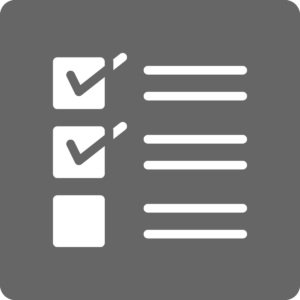
We hope you enjoyed the weekend and are ready for a new module in the course.
Module 4 will ask: What pipelines are available?
There are several computational pipelines that offer a user the computational power to analyze metagenomes on the cloud. We have explored KBase, and we will now explore several other metagenomics pipelines. Now we will use Nephele to dig into a different dataset, focusing on data equity and quality control.
Our Unit 4 checklist can be found here.

Article 2 was complex. I encourage everyone to review the annotations and continue contributing. This will help you solidify your understanding of MetaBAT2 and continue learning other processes and concepts.
This week we will complete the Nephele activity posted on Moodle. You can work on the Nephele assignment on your own and review progress on Tuesday.
Podcast script drafts are due for scholar peer review by Friday at 5:00 PM. Submit your text online via Moodle and then use the same submission site to review another script. This is your chance to learn from others and proofread!
Finally, we want you to review the guidelines for the final data analysis project.
The BIT Metagenomics Team F22
Overview
What is diversity? In this module will define alpha and beta diversity and explore why researchers use diversity metrics to describe microbial communities.
Upon successful completion of this module, you will be able to:
- MO 4.1. Describe the importance of processing reads before use.
- MO 4.2. Examine different approaches used for processing 16S reads.
- MO 4.3. Evaluate the output from a Nephele pipeline.
- MO 4.4. Justify your conclusions based on data.
- MO 4.5. Propose a future experiment based on your results.
- MO 4.6. Given a complex genomic DNA sample, the participant will be able to list the steps for creating an amplicon library (e.g., 16S), sequencing the sample, pre-processing the reads, and inferring taxonomic representation.
To complete this module, you will need to:
- Watch Module 4 video and complete Top Hat questions
- Complete Nephele activity after reviewing the dataset and article. Complete Top Hat questions on Nephele activity.
- Watch JoVE article/video and participate in the forum.
- Review the guidelines for the final data analysis project.
- Submit your podcast script for student scholar review. Begin student scholar review.